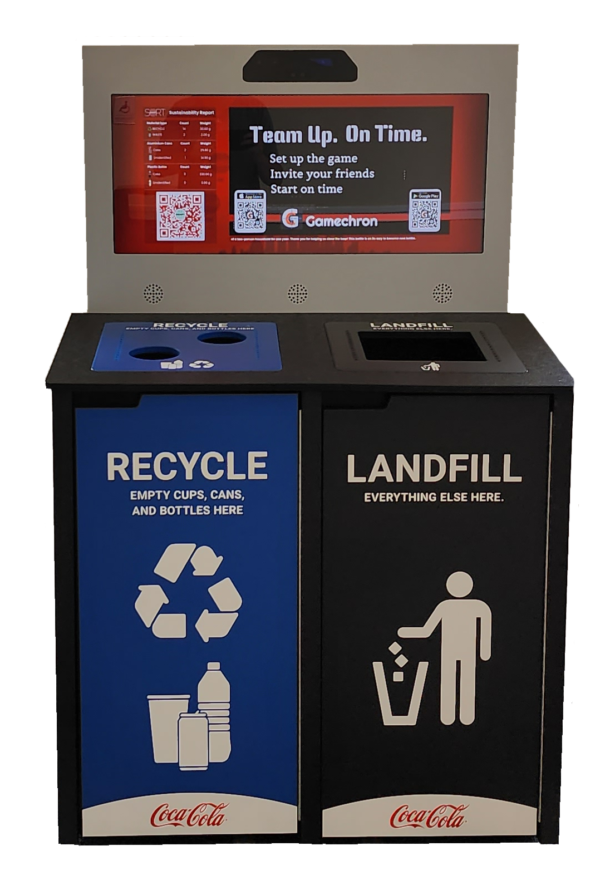Recycling is a crucial step in reducing waste and preserving the environment, but it can often be a laborious and time-consuming task. Sorting and separating materials by hand is a task that is not only time-consuming but also error-prone. Thankfully, advances in technology have made it possible to revolutionize recycling with image recognition technology.
Image recognition technology, also known as computer vision, is the process of training machines to recognize and identify objects and patterns within digital images. In the case of recycling, this technology can be used to sort and separate materials accurately and efficiently.
One of the main advantages of using image recognition technology for recycling is that it eliminates the need for manual sorting. Instead, items can be placed into a recycling bin, and the technology will sort them based on their type and quality. This not only saves time but also reduces the risk of human error, leading to more accurate sorting and a higher rate of material recovery.
Furthermore, image recognition technology can identify items that may be difficult for humans to sort, such as different types of plastics or paper. This technology can also recognize materials that may be contaminated or unsuitable for recycling, reducing the risk of contamination and ensuring that only suitable materials are processed.
There are many ways that image recognition technology can be used for recycling. For example, recycling plants can install cameras and sensors that scan and sort materials as they move along a conveyor belt. Alternatively, recycling bins equipped with cameras and sensors can identify and sort materials as they are deposited.
Some companies are already using image recognition technology to improve their recycling efforts. For example, the company AMP Robotics has developed a system that uses computer vision to sort recyclable materials in real-time. This system is capable of identifying and sorting a wide range of materials, including plastics, cardboard, and metals.
Image recognition technology has the potential to revolutionize recycling by improving sorting accuracy, reducing the risk of human error, and identifying materials that may be difficult for humans to sort. As the technology continues to improve and become more widely available, it has the potential to significantly improve recycling efforts and help preserve the environment for future generations.




